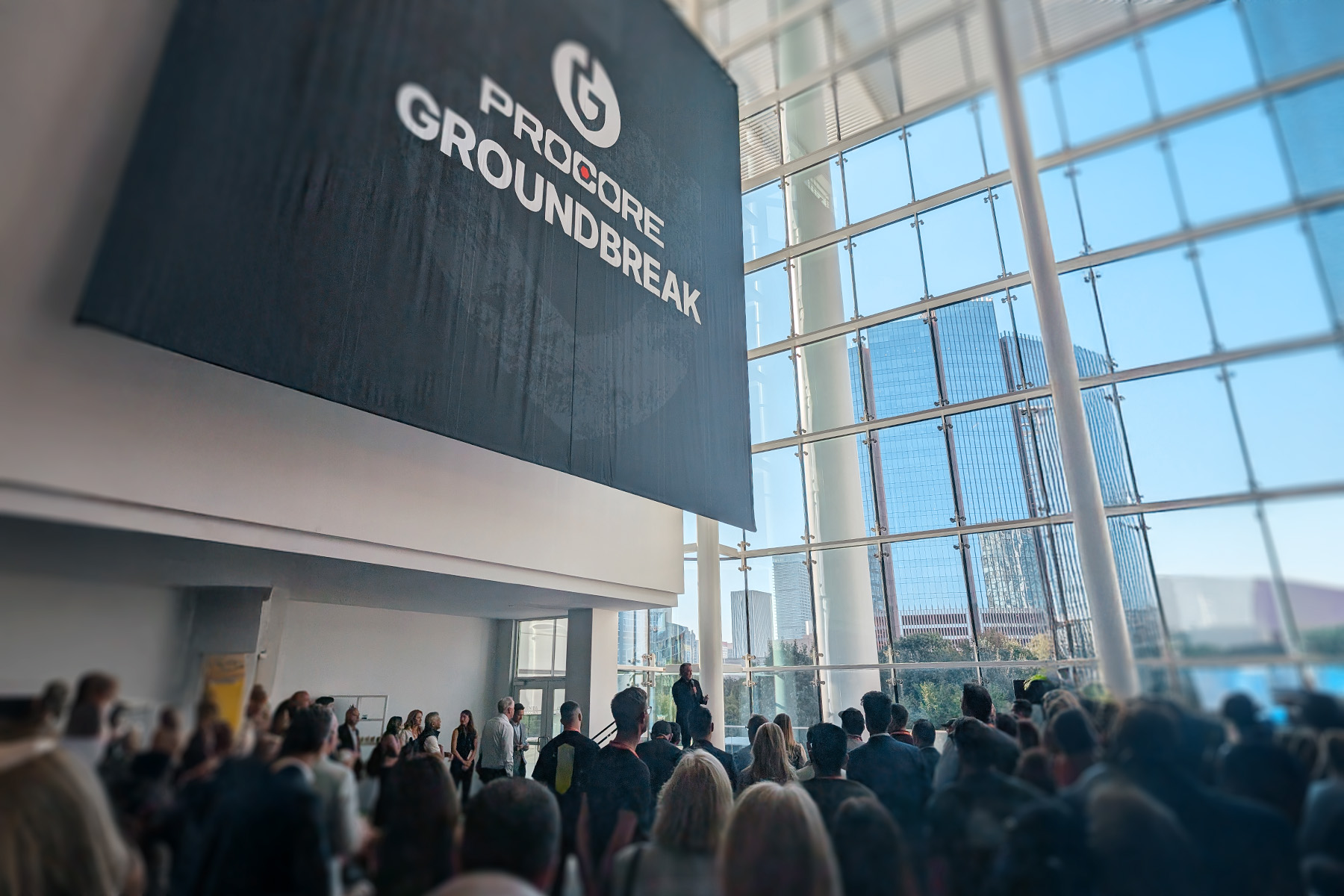Cost-plus construction is a nuanced approach that offers unparalleled flexibility and customization, particularly attractive to clients with unique visions and high-value projects. However, it is not without its complexities and challenges. Today's builders must be more than just skilled tradespeople; they need to be orchestral conductors, navigating a symphony of variables to transform clients' dreams into physical reality. In this blog post, we will explore the crucial role of client-centered project management in enhancing the cost-plus experience for both builders and their discerning clientele.
Understanding Client Needs
Before the first brick is laid or the initial blueprint is drafted, the bedrock of any successful cost-plus project is rooted in a comprehensive understanding of the client's needs. This not only secures a solid foundation for the build but fosters a level of trust that is invaluable in the client-builder dynamic. Effective communication is key to uncovering and translating the client's vision into actionable plans that will ultimately guide the project's direction.
Active Listening as a Fundamental Skill
The art of active listening involves more than hearing words; it's about decoding intentions, understanding unspoken desires, and recognizing unstated needs. Engaging clients in a meaningful dialogue, within a no-rush environment, can provide project managers with a wealth of insights that go beyond the formal brief. These insights can help build trust and rapport, resulting in a mutually beneficial collaboration that is necessary to realizing the client's vision.
Gathering Client Input
Client-centered project management in cost-plus construction requires a collaborative approach. By involving clients in decision-making processes, they are empowered to contribute their ideas and preferences, fostering a sense of ownership over the project.
Various methodologies, from traditional in-person meetings to modern digital surveys, can be employed to gather client input at different stages of the project. These methods create touchpoints that strengthen the client's feeling of inclusion and control over the project's destiny.
Tailoring the Proposal Phase
The proposal phase is where abstract visions begin to take concrete shape, and it is an opportune time to demonstrate a firm commitment to client-centric project management.
Crafting a proposal that mirrors the client's vision and aligns with their anticipated investment is a delicate process. It demands an acute understanding of design aesthetics, construction costs, and market dynamics. Balancing all three variables ensures that the proposal is not only technically sound but emotionally resonant with the client's aspirations.
Practically, this begins with meticulous research into the client's industry, preferences, and past projects to ensure a deeper contextual understanding. Following this, visual storytelling techniques such as mood boards or 3D models can be utilized to visually demonstrate how the project could come to life, making it easier for clients to connect with the proposal on an emotional level.
Flexibility in options, such as offering tiered budget plans and alternative materials or methods, ensures that clients feel their input is valued, and their choices can significantly impact the project's direction. Incorporating feedback loops at several stages within the proposal allows for ongoing refinement and adjustment, ensuring that the final plan is as close to the client's vision as possible.
Lastly, transparency about potential challenges and how they can be addressed reinforces trust and sets realistic expectations. Together, these strategies result in a proposal that is not just a document, but a testament to a builder's commitment to client satisfaction and project excellence.
The proposal phase is a platform for collaboration and client empowerment. By presenting a range of options and providing informed recommendations, project managers can engage clients in a decision-making process that is sensitive to personal tastes and practical constraints.
Transparent Communication
Clear and open communication is the hallmark of a healthy project dynamic. In cost-plus projects, where factors can change and costs can fluctuate, transparent communication is non-negotiable.
Utilizing a blend of communication tools, such as project portals and regular update meetings, can keep clients abreast of developments, whether they're significant milestones or minor alterations. This transparency ensures that there are no surprises and builds a strong sense of partnership.
Beyond just sharing information, client-centered project management is about managing expectations. Through dialogue, potential hiccups can be addressed beforehand, and clients can be prepared for any deviations from the original plan. In doing so, the construction team positions itself as a trusted advisor, capable of troubleshooting and steering the project back on course smoothly.
Flexibility and Adaptability
Inflexibility can be a project's downfall. By remaining open and adaptable, cost-plus builders can not only respond to client needs but also exceed their expectations.
Navigating Changes with Finesse
Change is the only constant in life, and it holds equally true in construction. A proactive approach to managing change orders and incorporating new client requests is a testament to a builder's commitment to the project's ultimate success. Meeting such demands with agility and precision strengthens the client's belief in the project's trajectory.
Maintaining Financial and Creative Balance
Juggling changes while mindful of the project's original financial and creative objectives is a delicate yet necessary task. Openly discussing the implications of changes, both in terms of cost and schedule, is an authentic display of the builder's dedication to fulfill the client's evolving needs within the agreed-upon framework.
Quality Assurance and Client Satisfaction
The final stretch of a project marks the time for quality assessment, ensuring that the result meets and ideally surpasses the client's vision.
Quality assurance goes beyond construction standards; it is about ensuring that every detail, from finishings to fixtures, reflects the premium service expected in a cost-plus project. Consistently meeting and exceeding client expectations is the ultimate testament to a project manager's proficiency in client-centric construction.
Post-project, when the dust settles, feedback becomes the pillar of continuous improvement. Builders who actively seek client opinions and are willing to rectify any lapses demonstrate a steadfast commitment to refining their craft and service delivery.
Building Lasting Relationships
In the close-knit world of cost-plus construction, every project is a precursor to potential lasting relationships beyond the tangible results.
Client-centered project management is a conduit to nurturing trust and rapport, essential ingredients in developing a lasting business connection. An honest, transparent approach fosters a relationship that transcends the role of client and builder.
Project completion is not the endpoint; rather, it is the doorway to ongoing communication that maintains the relationship's warmth. Periodic check-ins and the provision of additional services contribute to a long-term partnership that is both professionally rewarding and personally satisfying.
Conclusion
In weaving client-centered project management into the fabric of cost-plus construction, builders can unlock a realm of possibilities. It is through this approach that projects achieve an intangible, yet substantially measurable, improvement in client satisfaction. By valuing the partnership, understanding the client's vision, and upholding the highest standards of quality and service, cost-plus projects can stand not just as edifices of construction excellence but as testaments to enduring client relationships.
Investing in the principles of client-centered project management is an investment in the future of construction. It is through this framework that cost-plus builders can elevate their craft, exceed expectations, and carve out a formidable reputation in the industry.

.jpeg)









